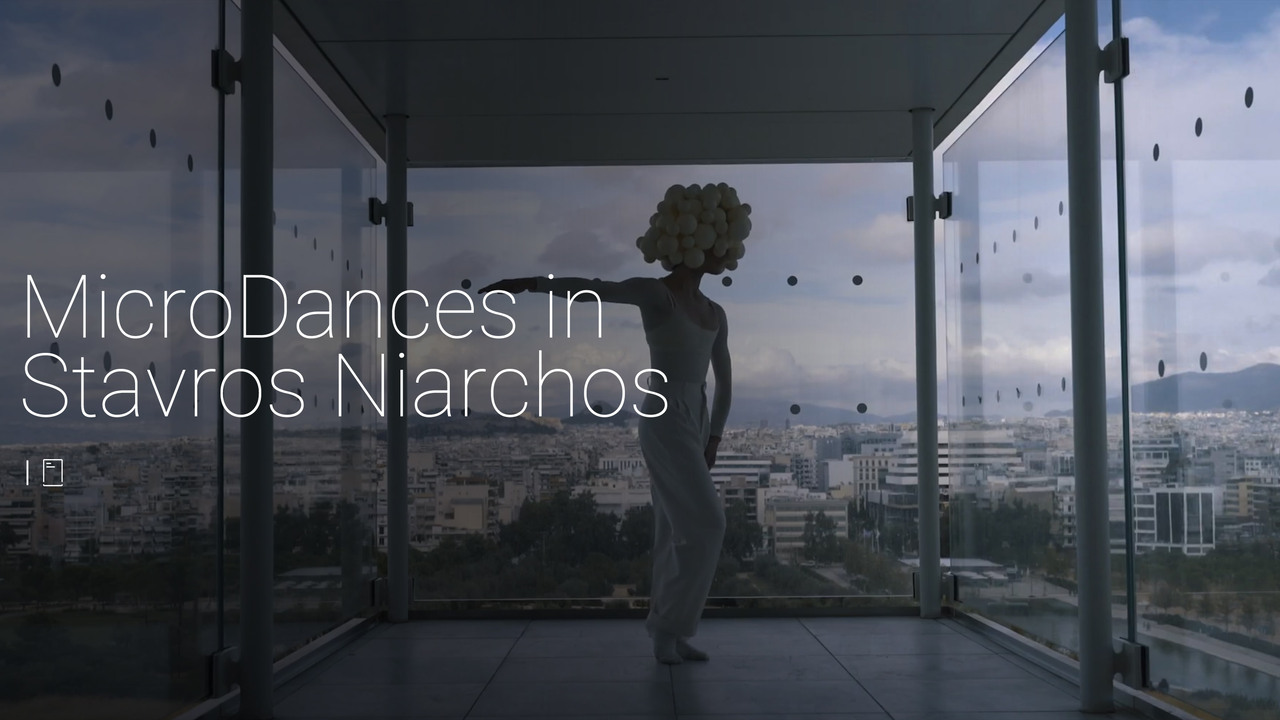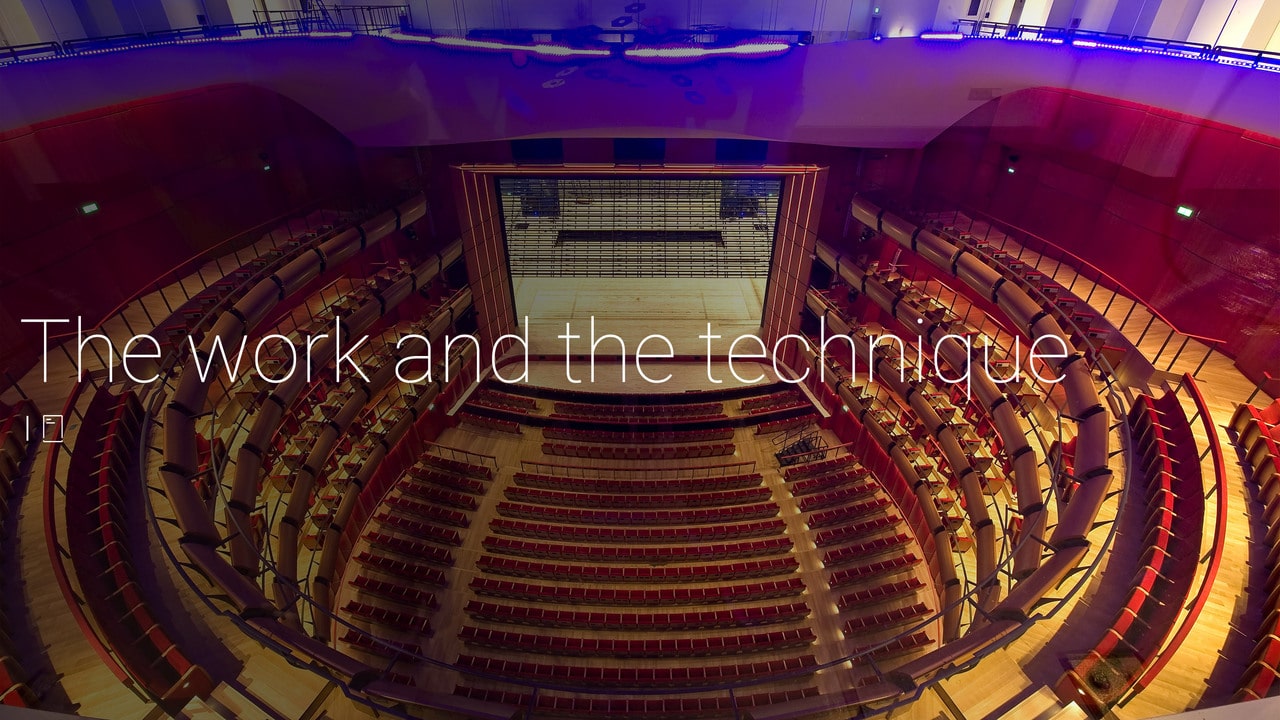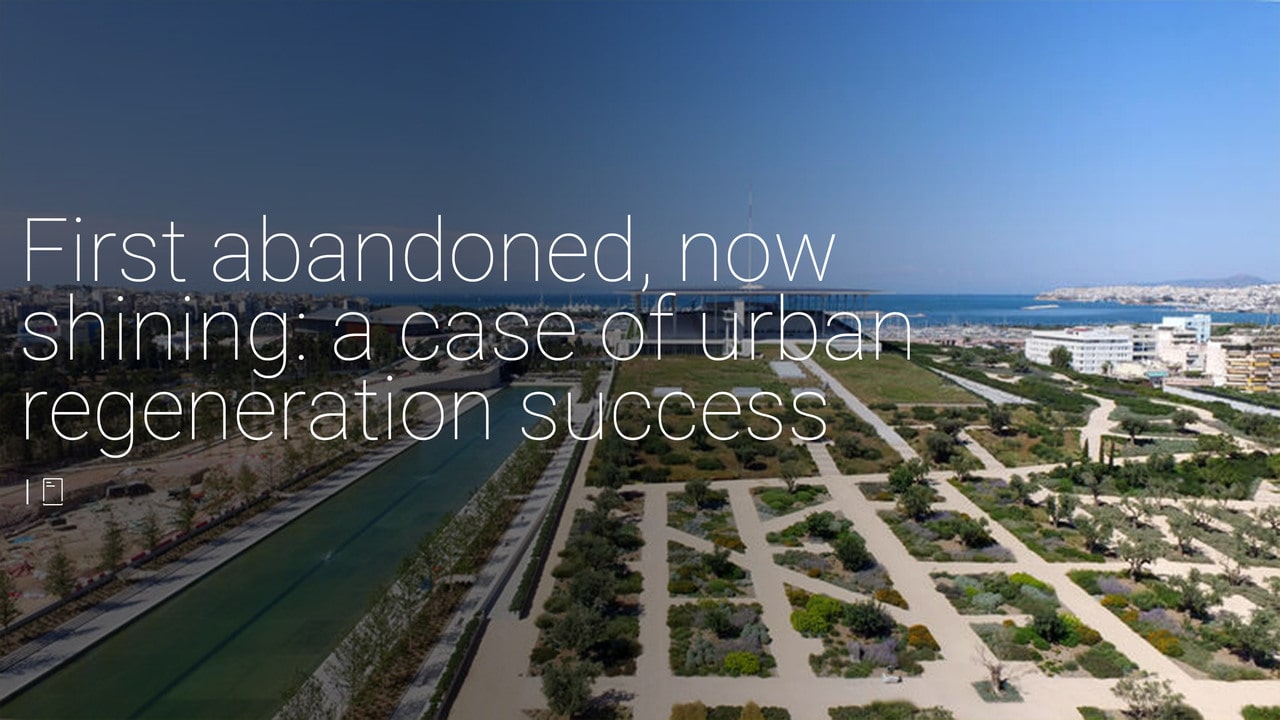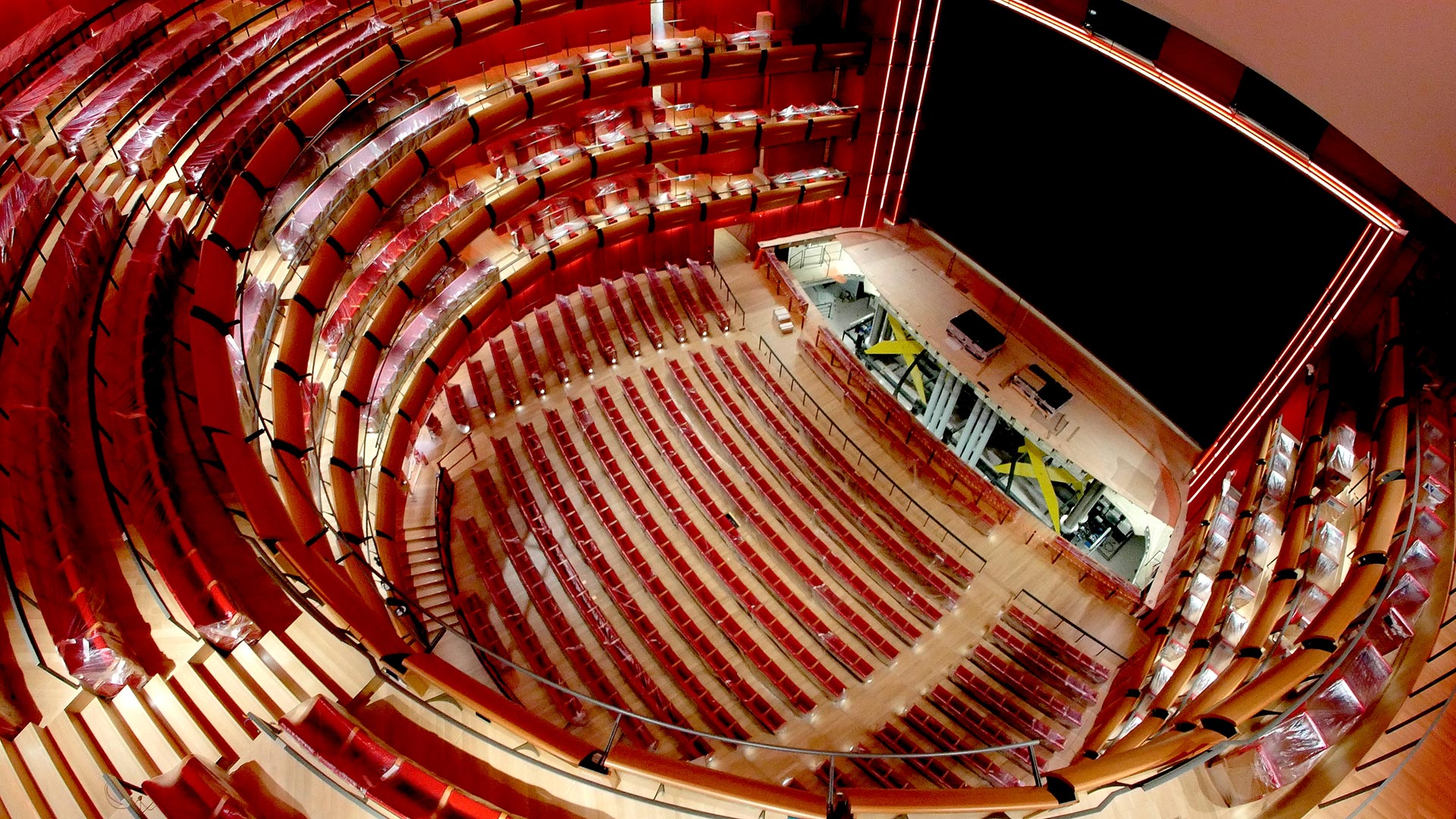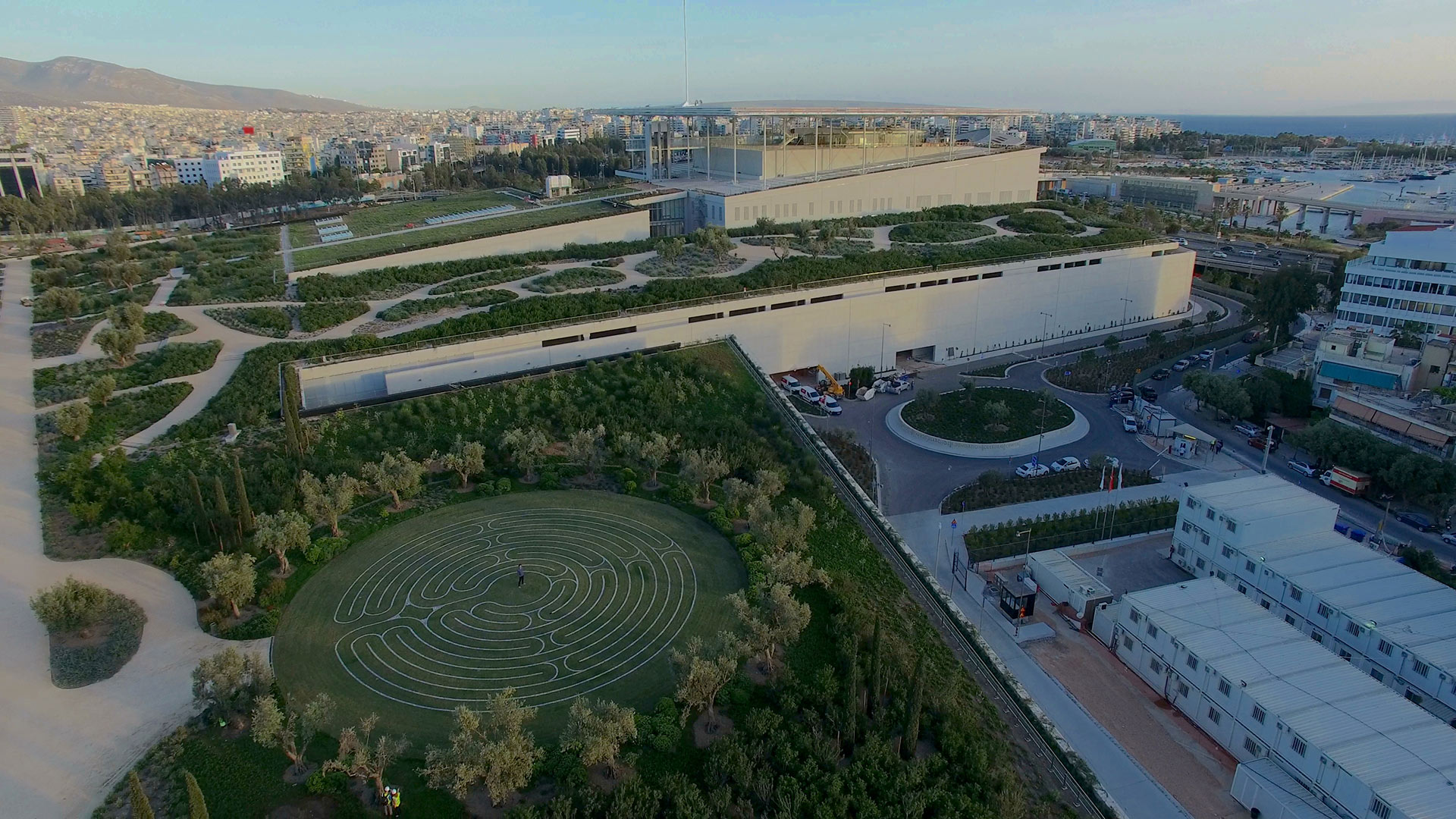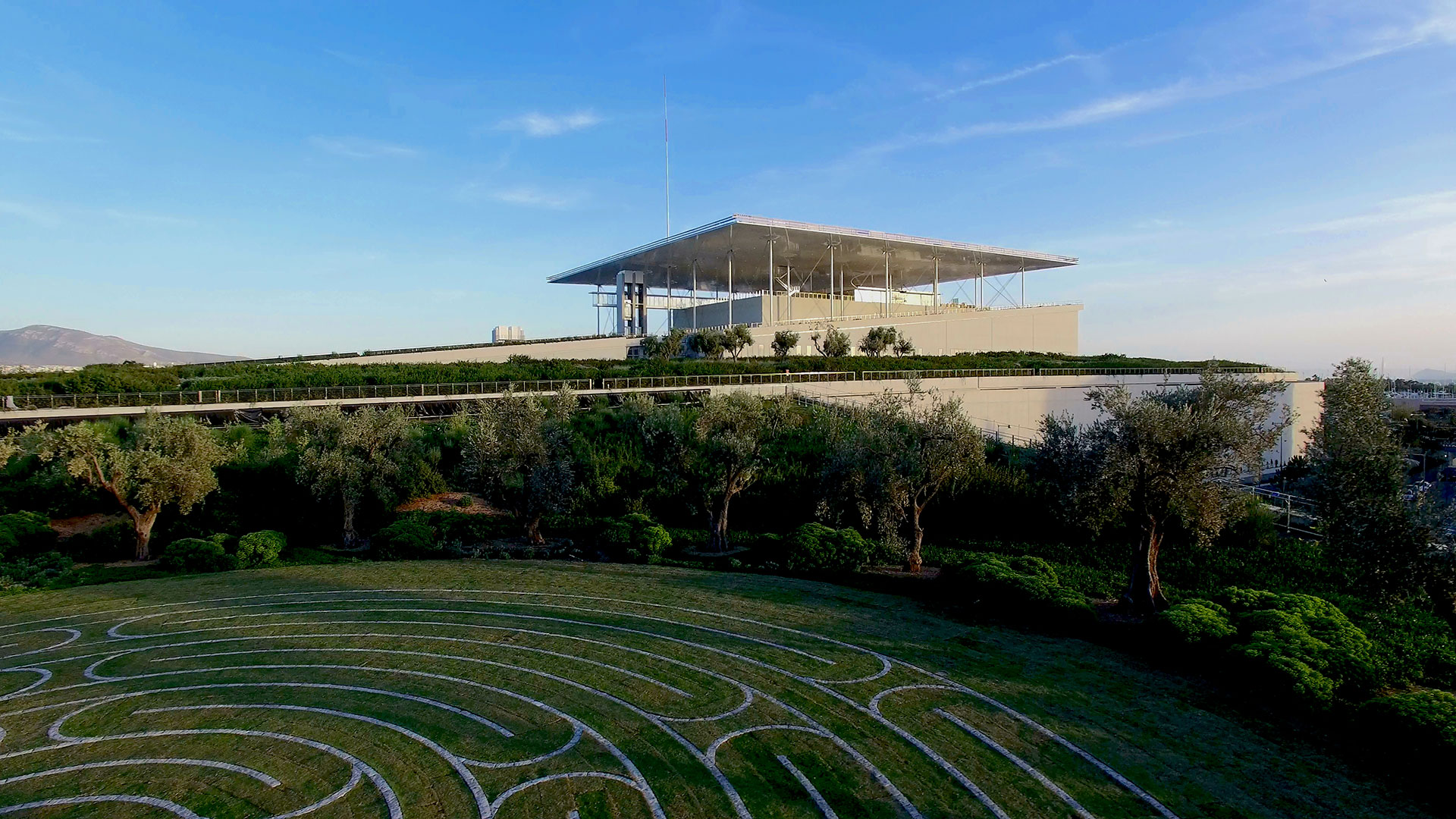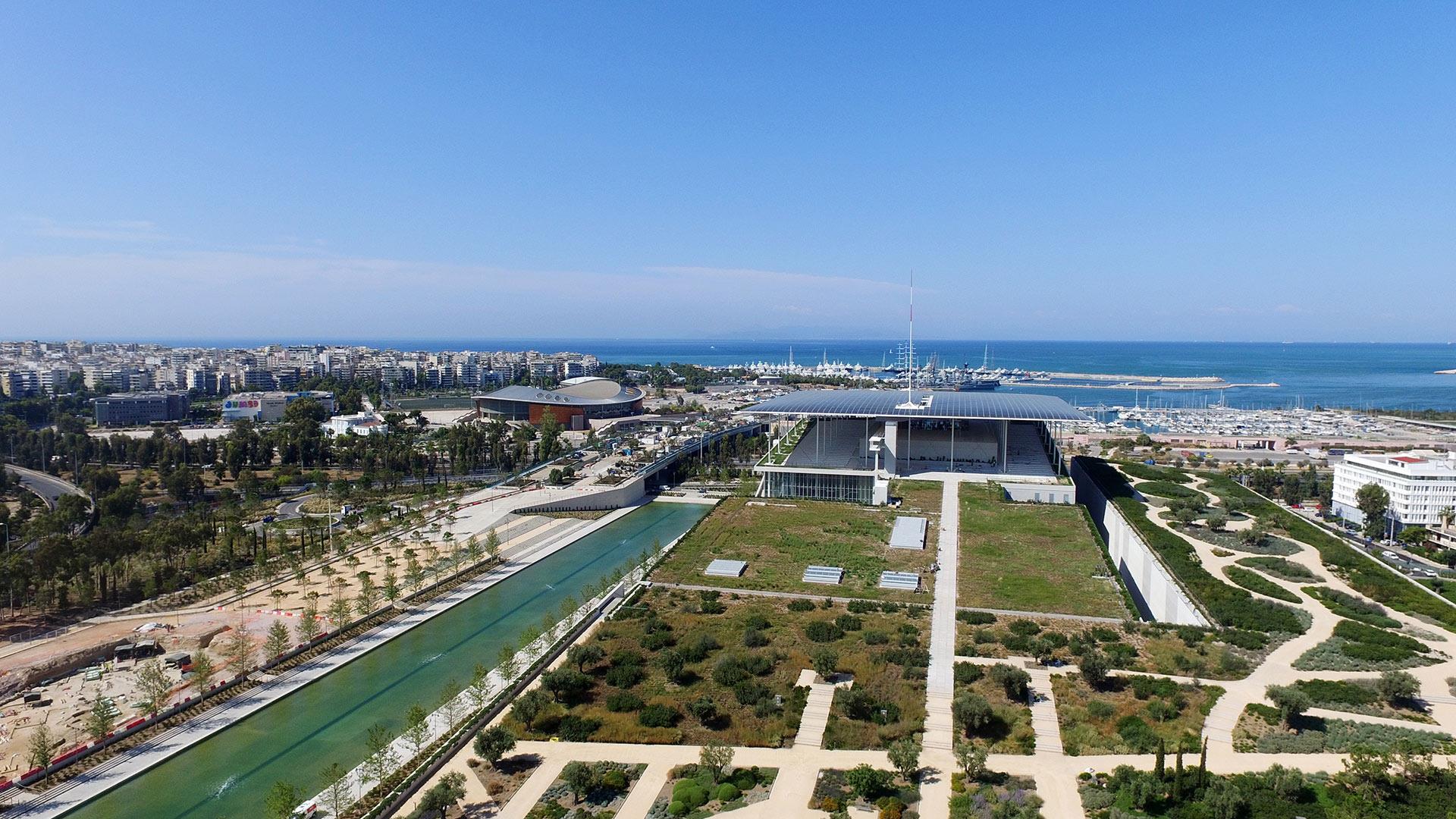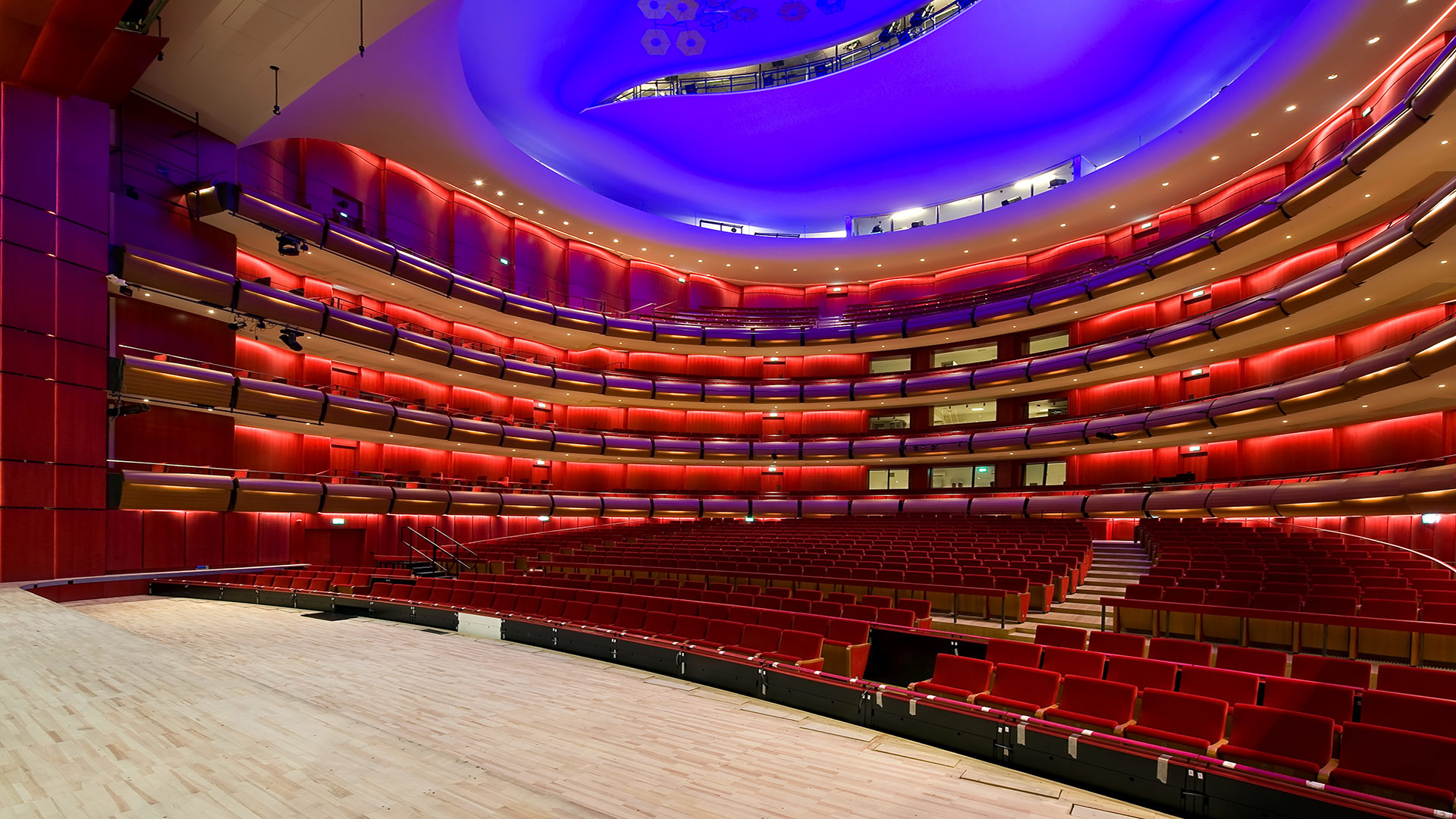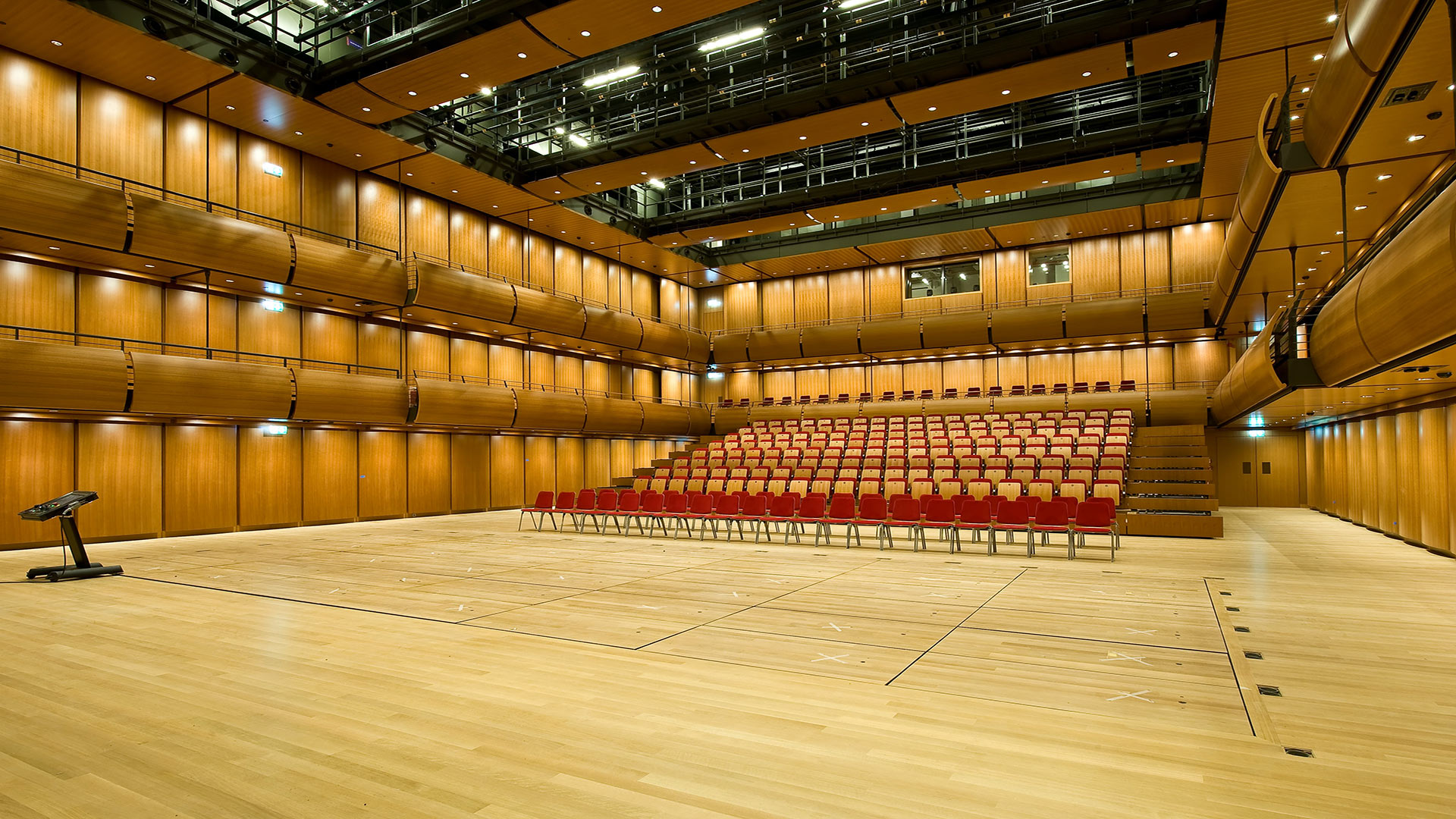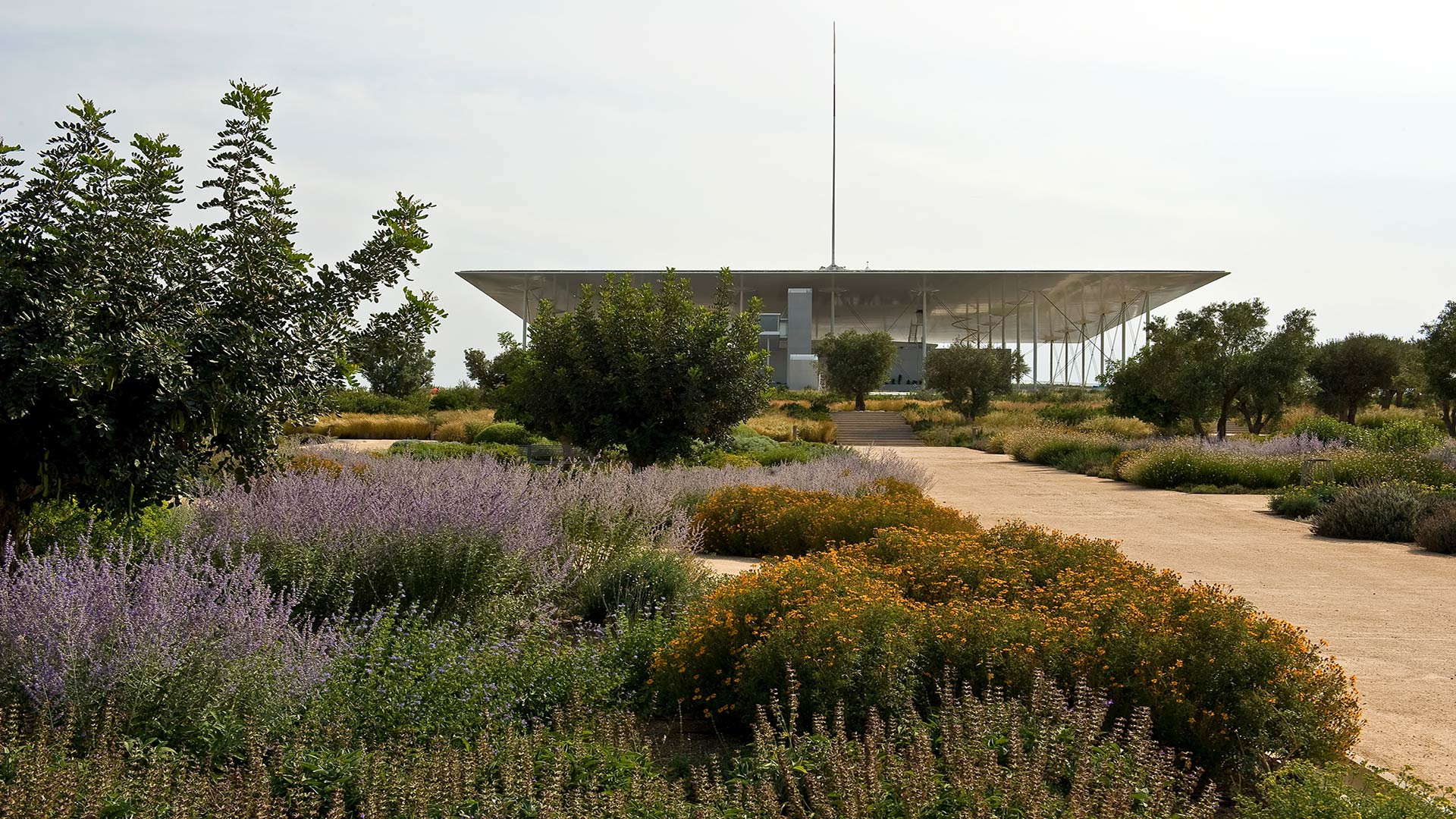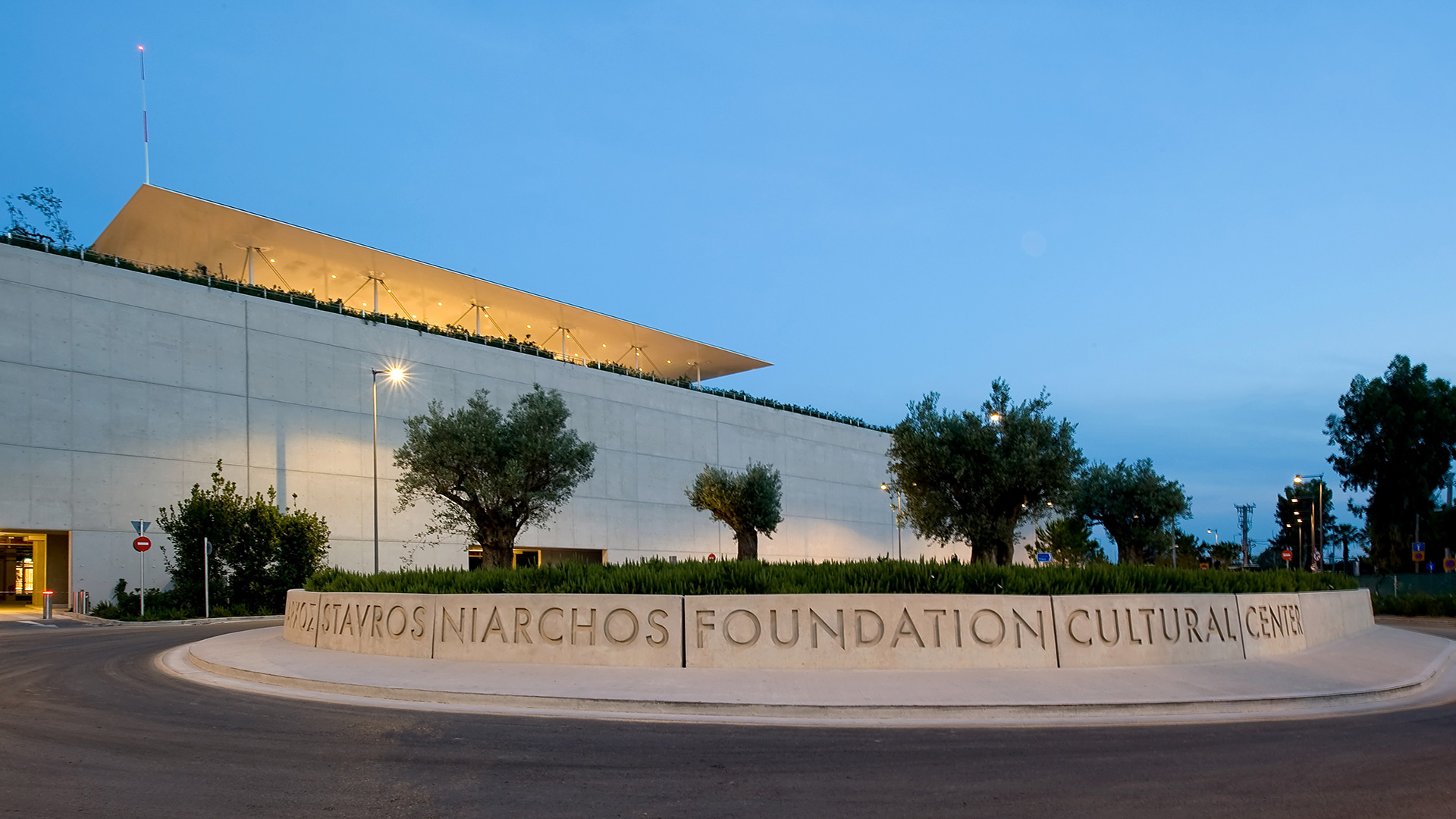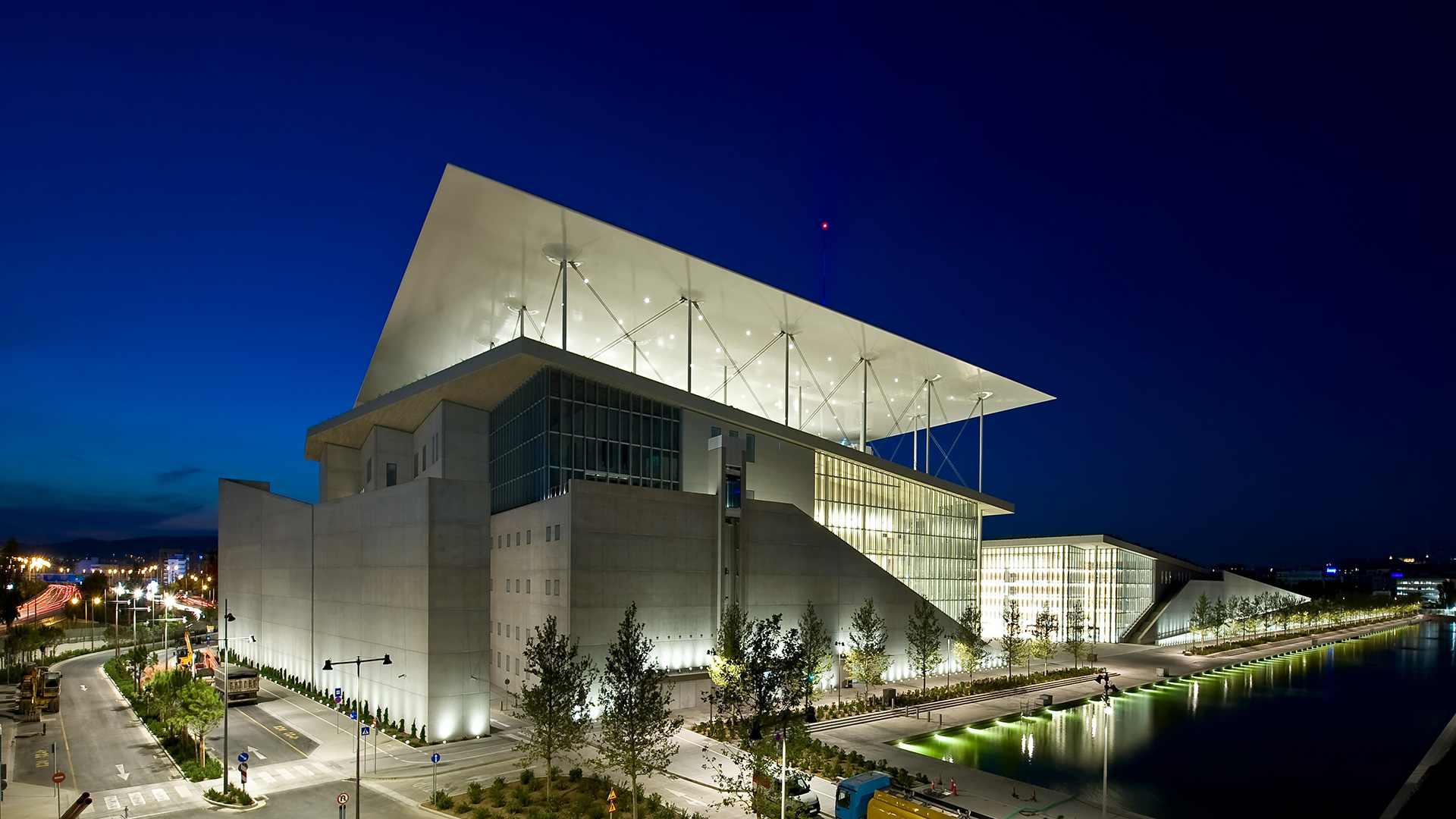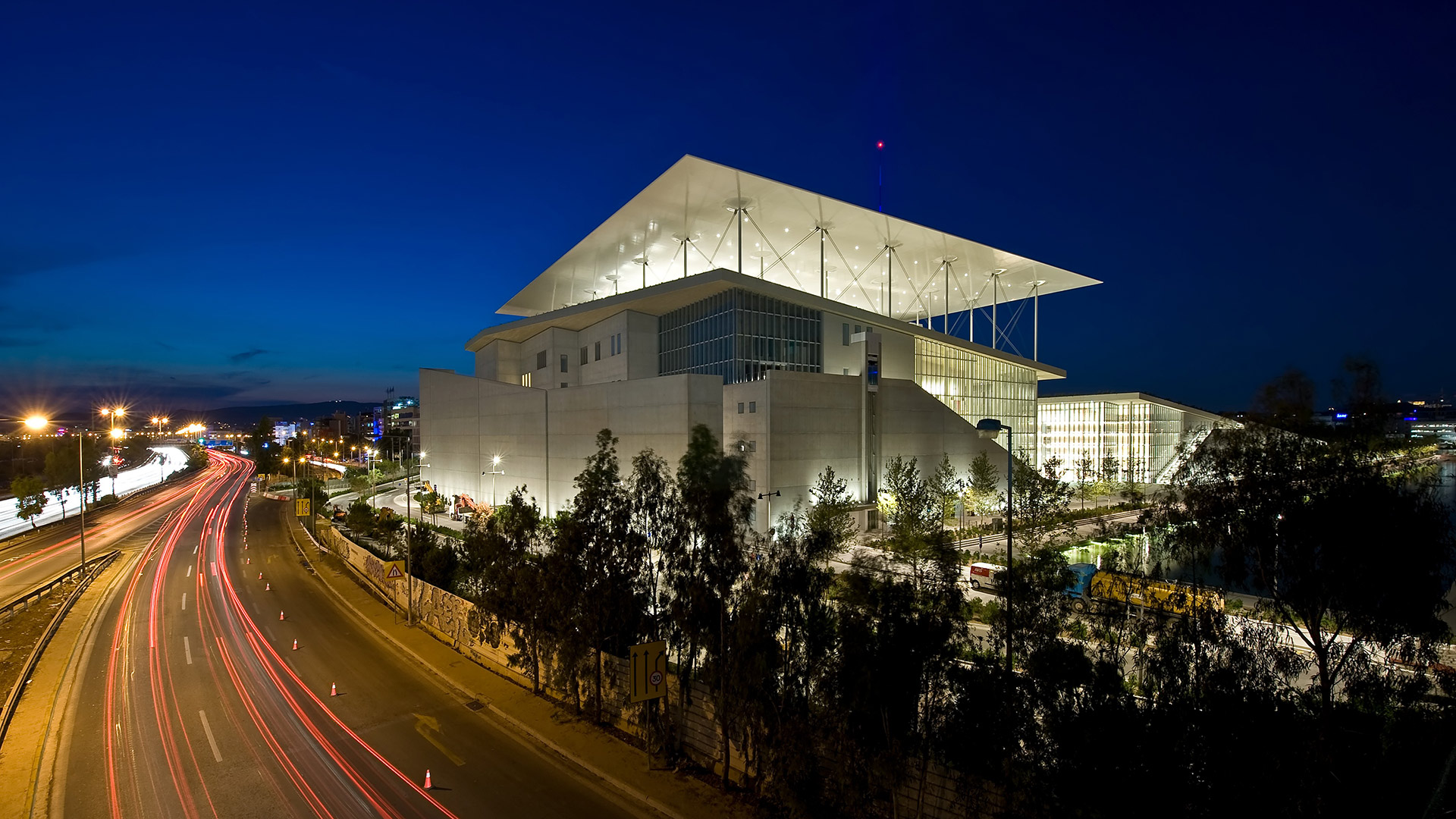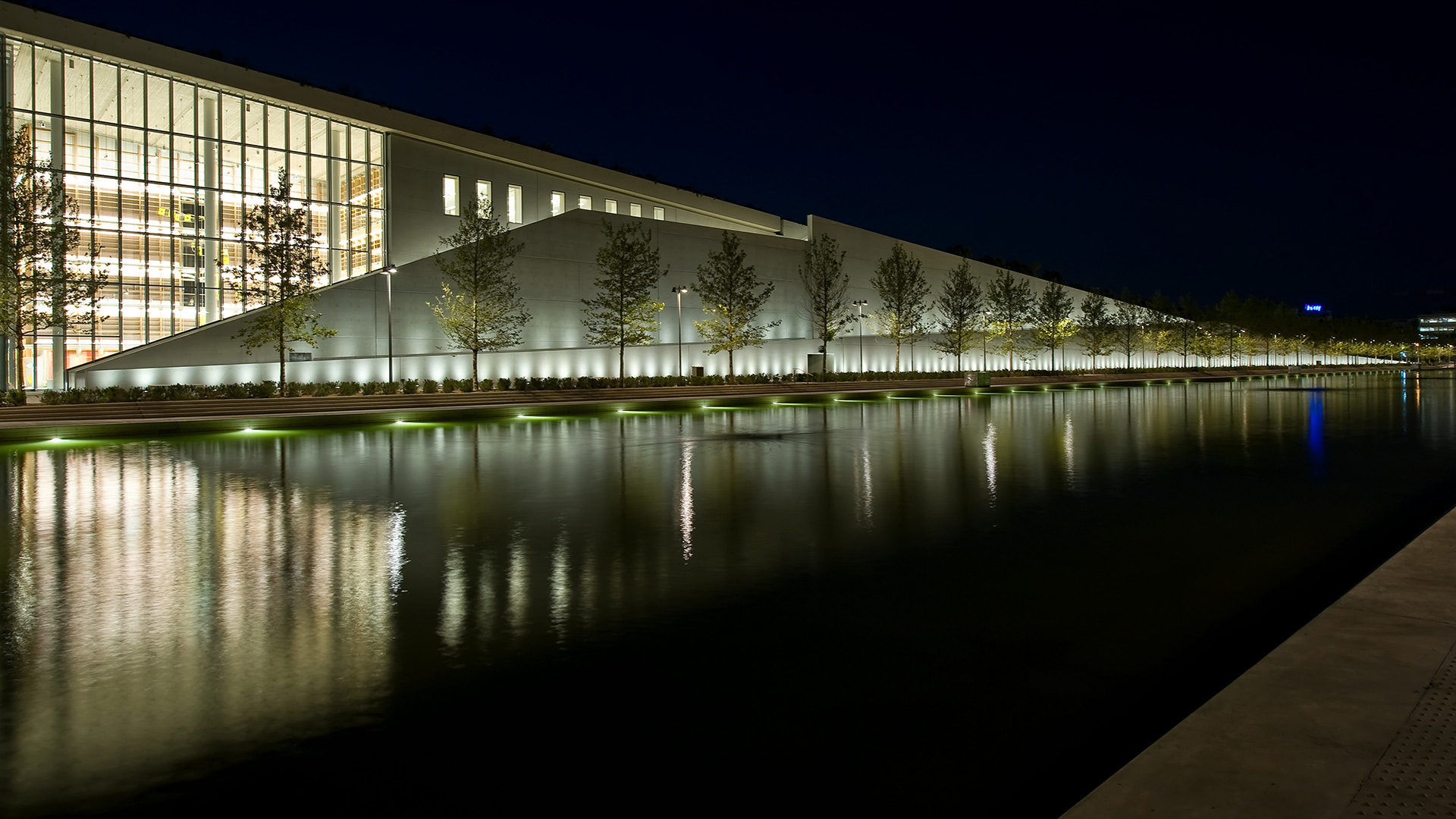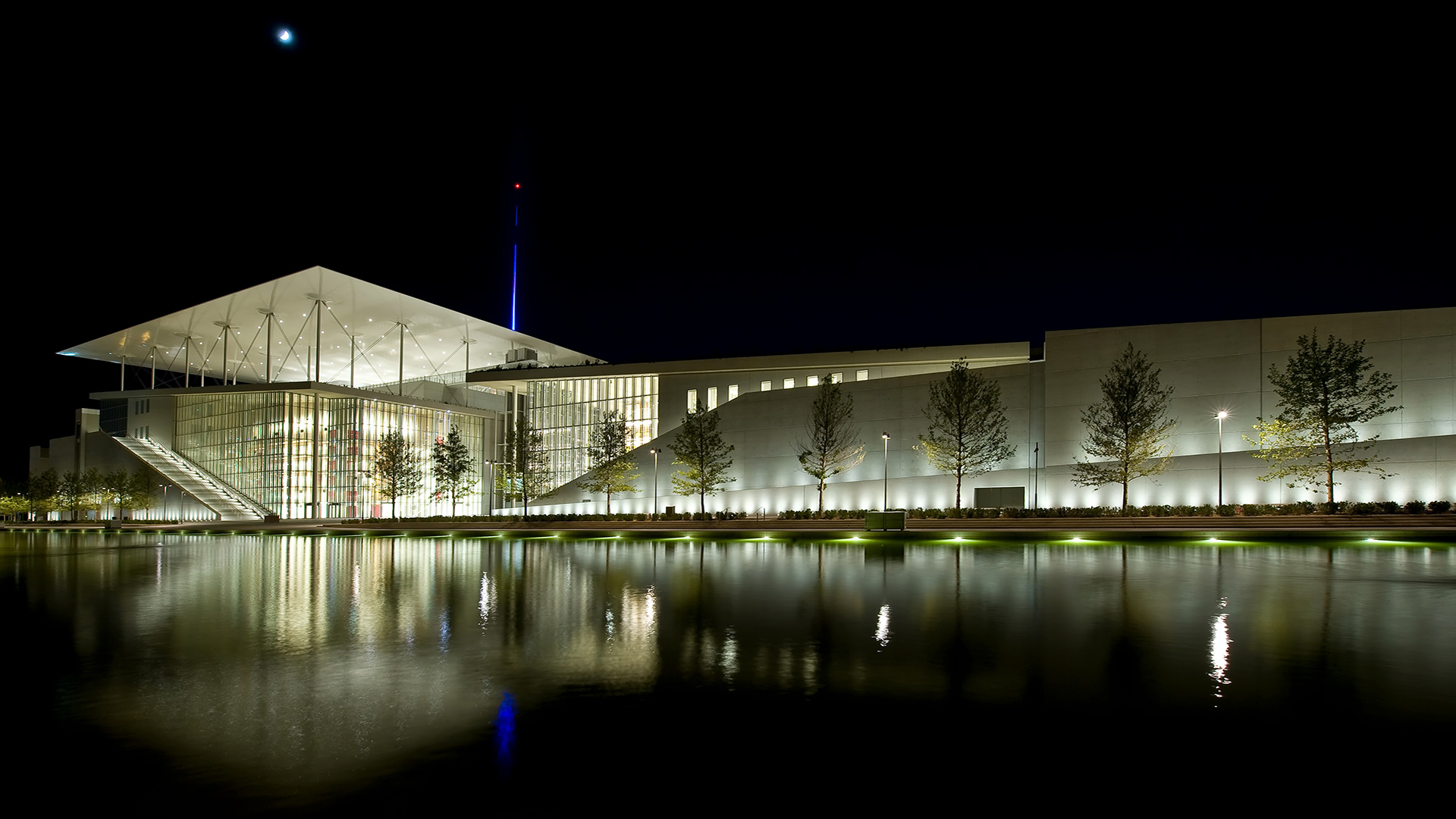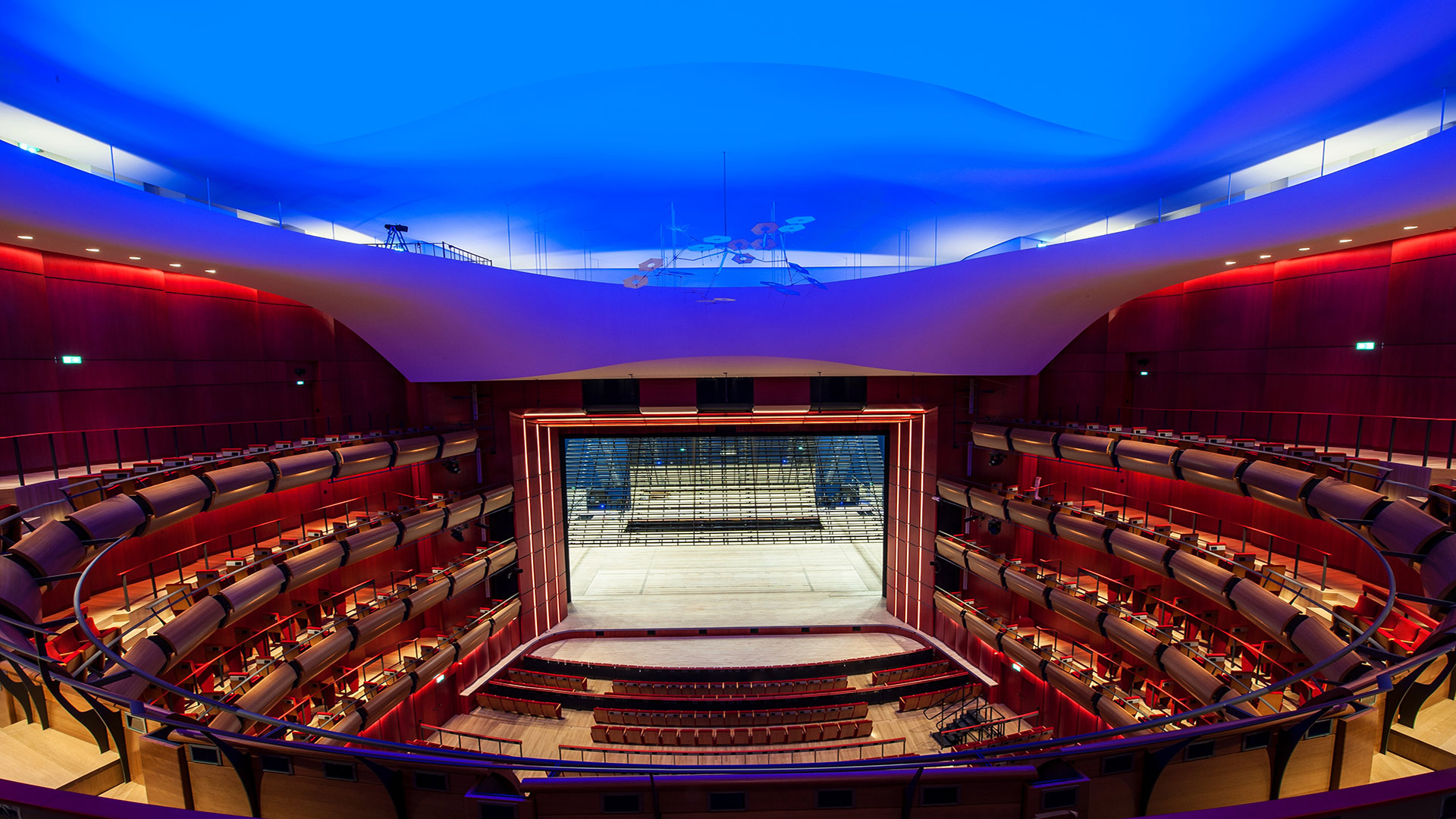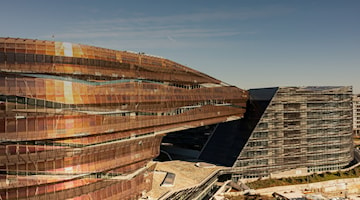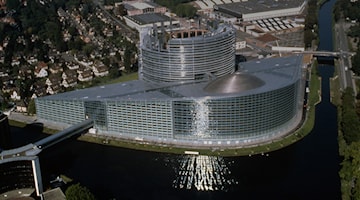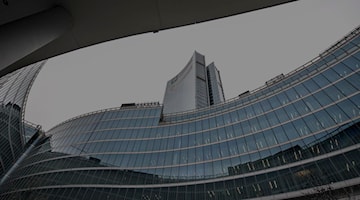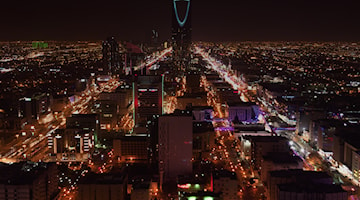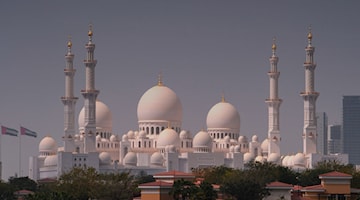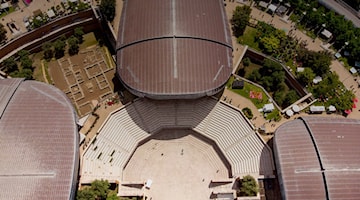When Greece is not (just) Ancient
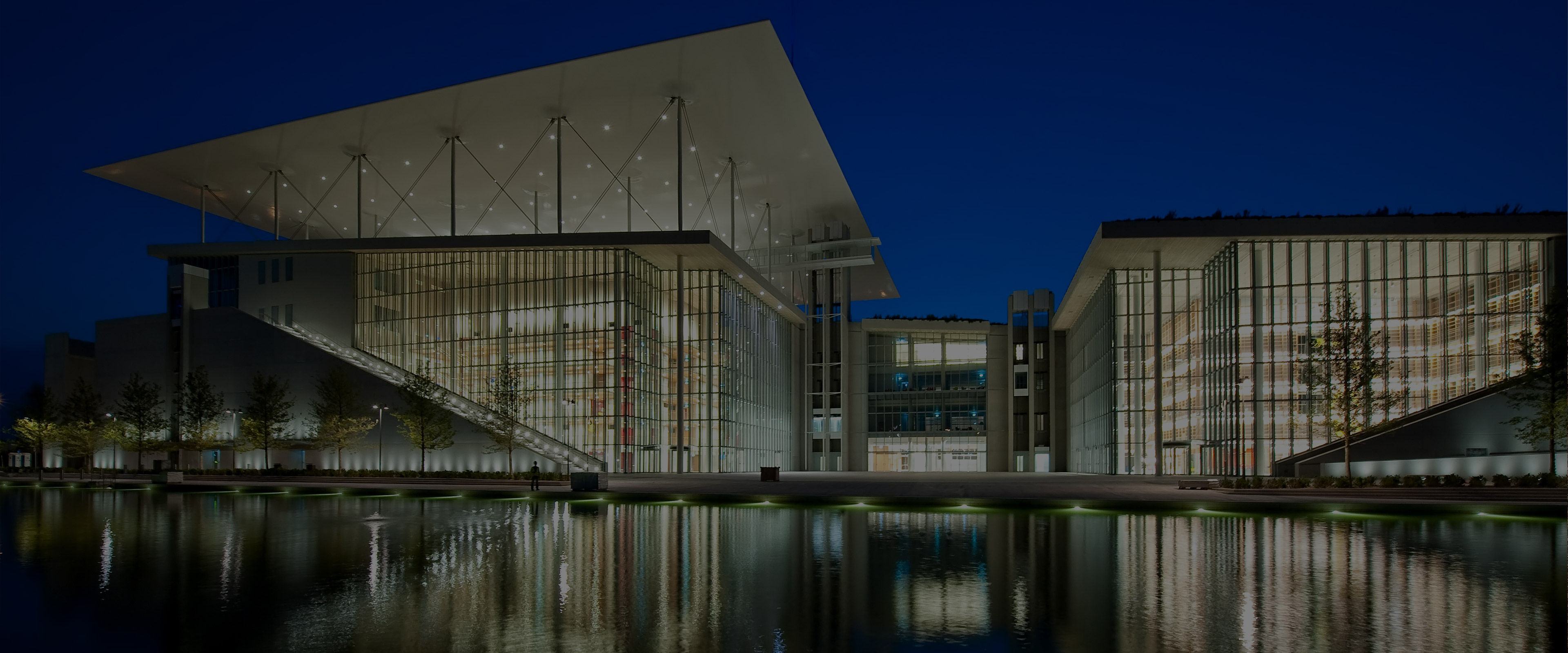
STAVROS NIARCHOS FOUNDATION CULTURAL CENTER, GREECE
Every great athlete, dreams of them. They also drive development for those cities that host them. They were invented by De Coubertin based on the model of the Ancient Olympic games: Modern day Olympic games saw their first appearance in Athens in 1896. And in Athens, they were hosted again in 2004 (with 6 gold medals won by a single athlete: swimmer Michael Phelps).
Many buildings were built for the occasion, but without a reuse plan. «Desert cathedrals» mostly abandoned, even due to the terrible economic crisis suffered by Greece, which in 2010 had 350 billion euros of public debt. Among the symbols of Greece's urban, cultural, and economic renaissance, there's the Stavros Niarchos Foundation Cultural Centre, which was inaugurated on June 23, 2026, and designed by Renzo Piano.
This multifunctional centree with a huge public park, replaced the old city race-track, extending over 230,000 square metres in the Kallithea neighbourhood, between Athens and the sea. It includes the Greek National Opera (33,000 square metres with a 1,400-seat main theatre and a 400-seat experimental theatre), the Greek National Library (24,000 square metres with 2 million volumes) and a hillside park (210,000 square metres).
The project is earthquake-proof and eco-sustainable, largely thanks to its Energy Canopy, an architectural, engineering work of art that offers an elastic roofing made in ferrocement, with 5,560 photovoltaic panels that allow the structure to be practically almost totally energetically independent.
Once a horse racing track and part of the Athens 2004 Olympic complex—later relegated to use as a parking lot—this area has undergone a remarkable transformation. Today, it stands as a vibrant venue for international artistic events, embodying the spirit and values of the Olympic legacy. The redevelopment not only restores a neglected urban space but also repositions it as a hub for cultural exchange and creative expression.
The five circles, just so that you know, represent the five continents that share the Olympic tradition, with the five colours present in all national flags.

THE WORK AND THE TECHNIQUE
M² OVERALL AREA
M² AREA OF THE GREEK NATIONAL OPERA
M² AREA OF THE GREEK NATIONAL LIBRARY
M² AREA OF THE PARK
M² AREA OF THE ROOFING
STOREYS + 2 UNDERGROUND
TREES
PLANTS
Stavros Niarchos Foundation Cultural Center
Renzo Piano Building Workshop (RPBW) in collaboration with Betaplan (Athens)
Joint Venture Salini Impregilo then merged into Webuild Group (51%), Terna (49%)
AWARDS
- Platinum LEED’s Certification
- ENR Global Best Project Award (2016)
- Best International Project of the Year / UK Buildings Award (2016)
- Merit, 2016 International Safety Awards / British Safety Council
- Award fo Arts or Entertainment Structures / Structural Awards (2016)
- European Solar Prize (2017)
- Most Innovative Leisure & Entertainment Facility / Innovation Awards (2017)
- International Green Roof Association Award (2018)
Works, which began in 2021, brought to the construction of this multifunctional eco-sustainable that is largely covered by the public park.
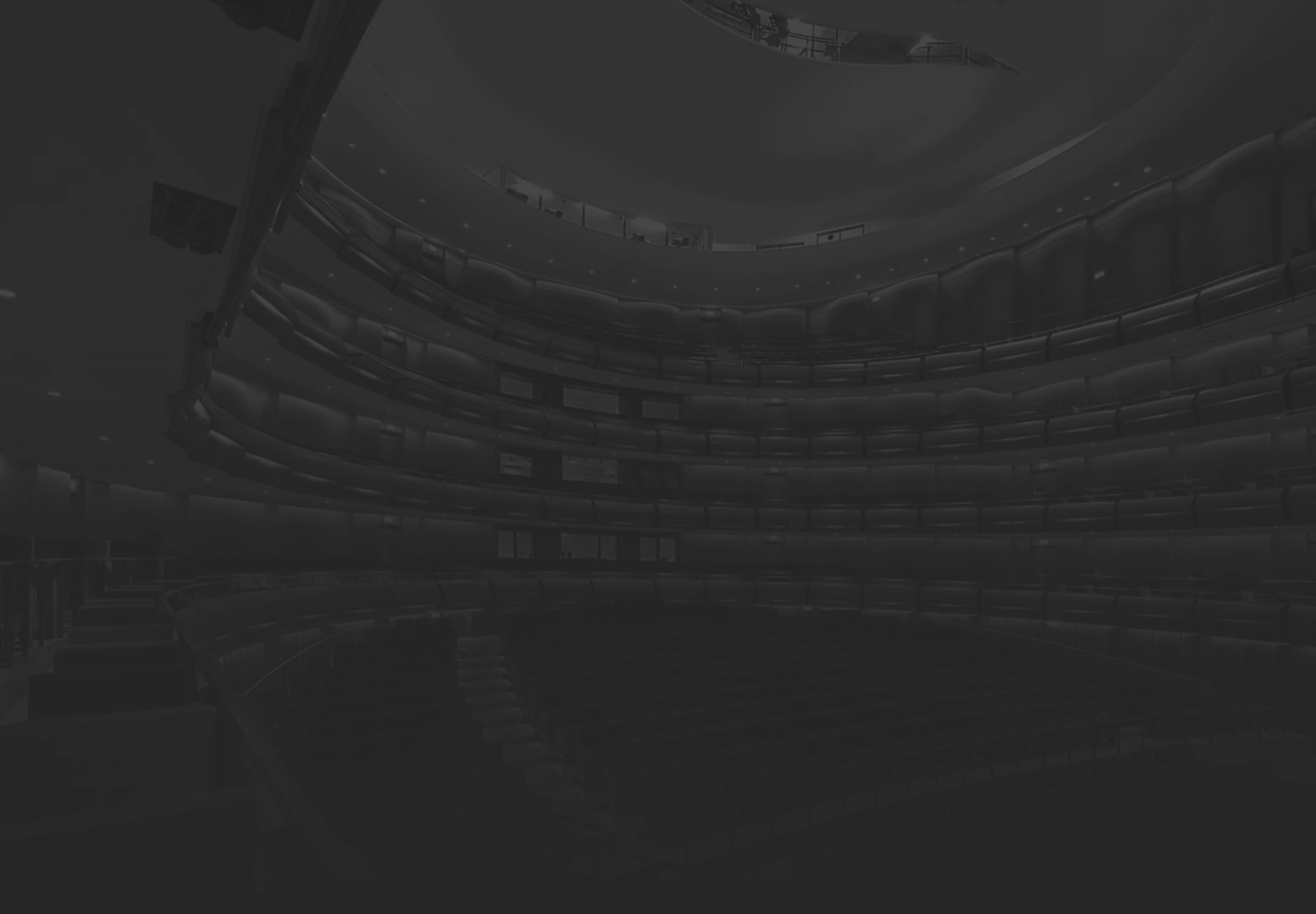
CULTURAL INSIGHTS
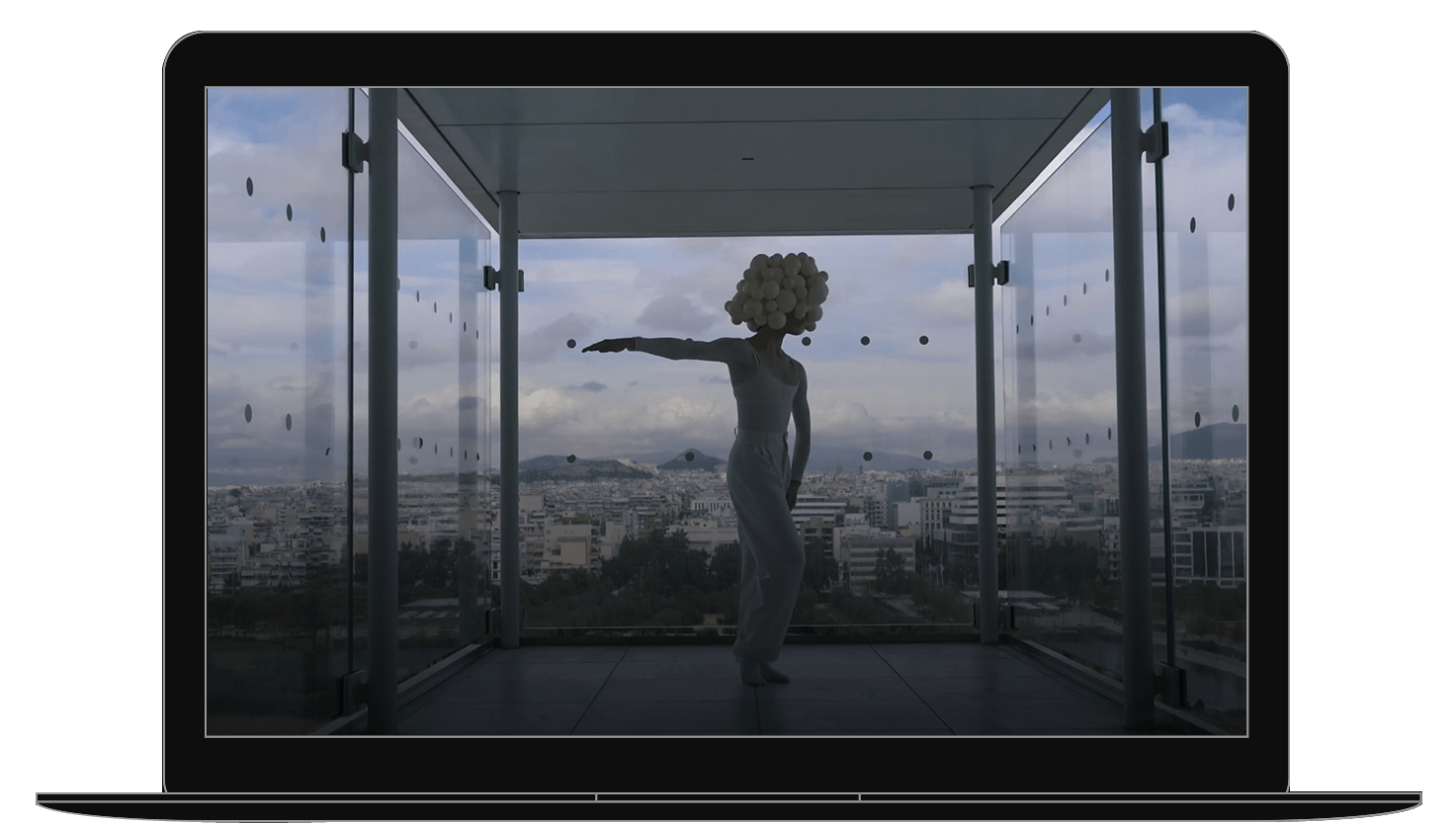

First abandoned, now shining: a case of urban regeneration success
The Olympic games hosted by the city of Athens in 2004, offered both Greece and its capital great media visibility, but jeopardized the country’s financial solidity; the debt caused by the Olympic games operation is thought to be one of the main causes of the financial collapse of these last 15 years following the event. It did not, in fact, allow finding the resources required to ensure the extraordinary maintenance interventions required, and for functionally reusing the structures built.
Many Olympic buildings were built without a reuse plan. An important legacy issue also emerged: in 2014, 10 years since the event, most of the Olympic buildings had been basically abandoned. In 2019, the International Olympic Committee declared that of the 22 infrastructures built for the occasion, only 14 were still used, like the Olympic stadium and the Galatsi Olympic Hall.
The Stavros Niarchos Foundation Cultural Center has redeveloped and returned to public use one of the largest and most challenging Olympic sites. The newly created public park is designed to serve as both a cultural and social landmark. It is now one of the largest green spaces in Athens, featuring 1,500 trees and approximately 200,000 plants that express the richness of Mediterranean flora through their scents and colors. The park is bordered by a 400-meter-long, 30-meter-wide canal connected to the sea and equipped with a desalination system that also provides water for irrigation.





